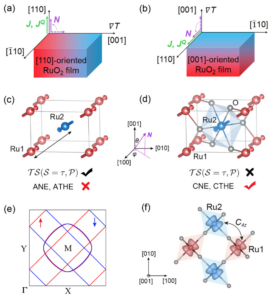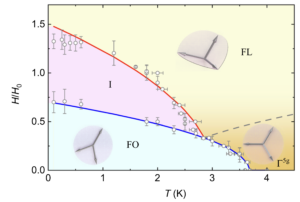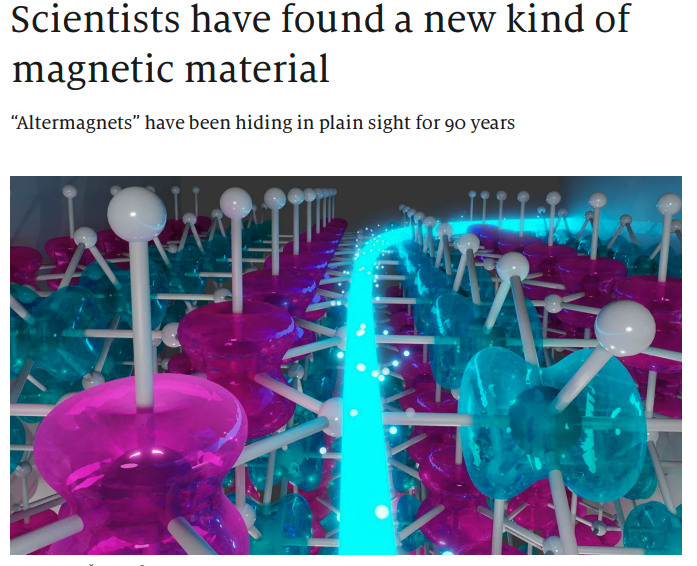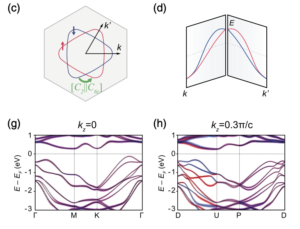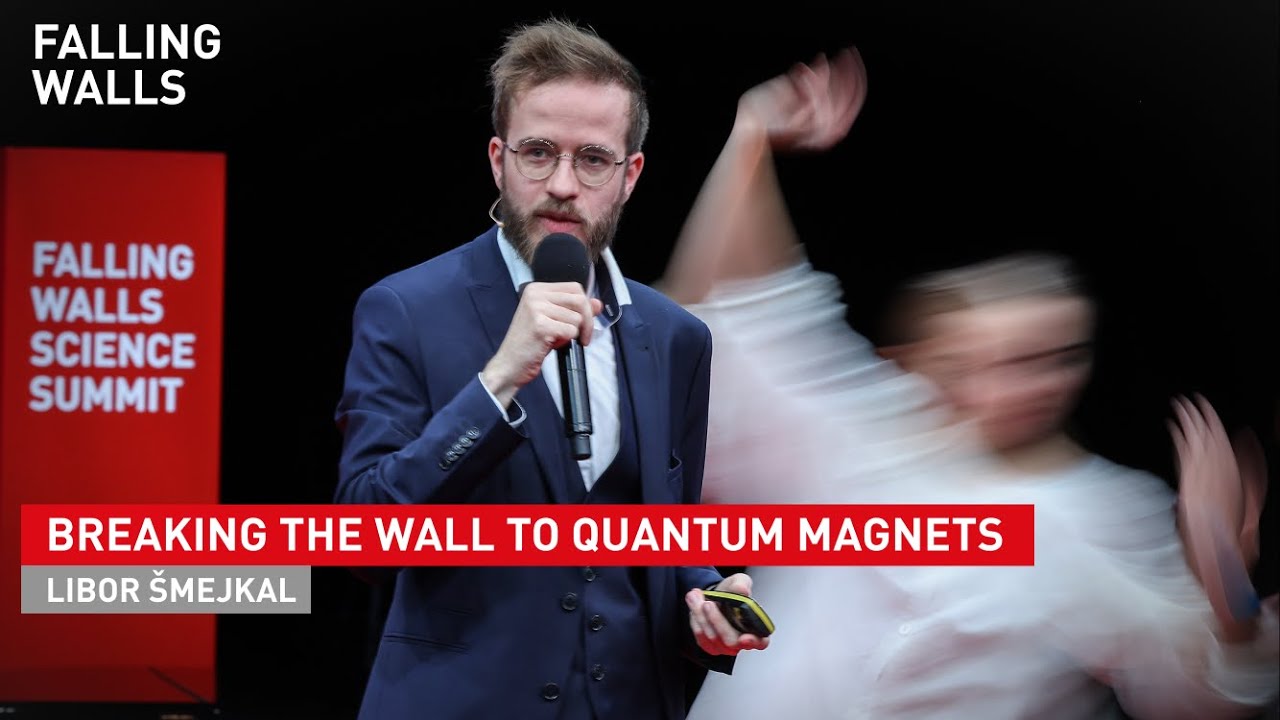A joint publication with Jairo Sinova, Libor Šmejkal and Anna Hellenes about the observation of time-reversal symmetry breaking in the band structure of altermagnetic RuO2 has been published in Science Advances.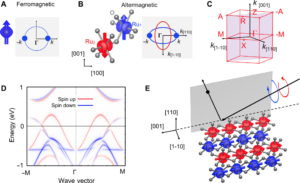
They directly observe strong time-reversal symmetry breaking in the band structure of altermagnetic RuO2 by detecting magnetic circular dichroism in angle-resolved photoemission spectra. Their experimental results, supported by ab initio calculations, establish the microscopic electronic structure basis for a family of interesting phenomena and functionalities in fields ranging from topological matter to spintronics, which are based on the unconventional time-reversal symmetry breaking in altermagnets.

